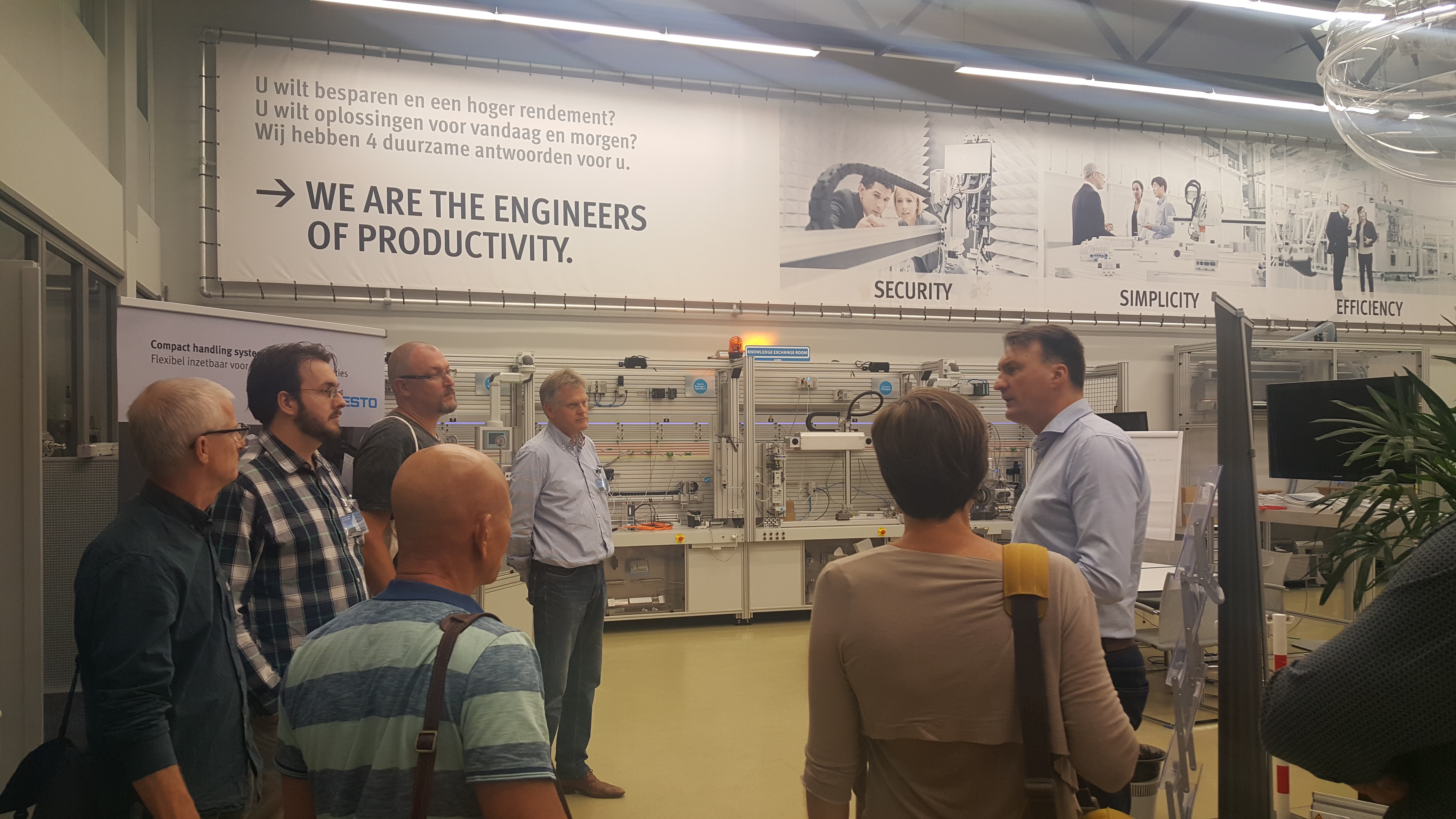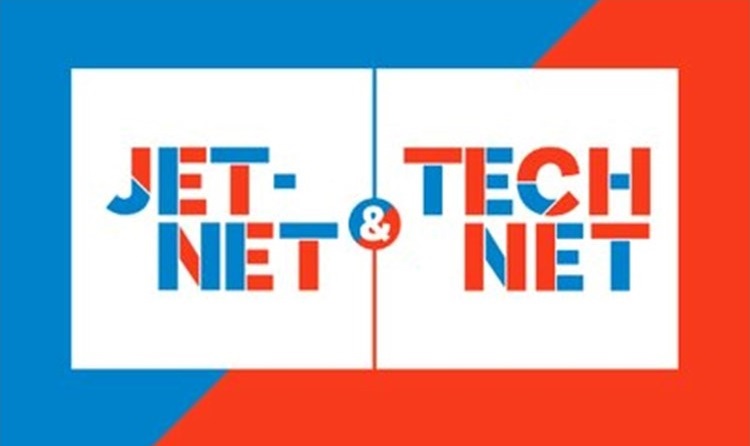STEM@Home
STEM@Home is digital learning platform coordinated by CSR Europe in cooperation with three major companies. The platform offers online materials and courses focused on STEM for students between 6-20 years old.
As students and teachers continue to navigate the challenges presented by COVID 19, the collaborative platform Together 4 STEM, coordinated by CSR Europe, has launched STEM@Home: a digital learning platform with a rich collection of free, multi-lingual courses on STEM. The platform’s partners Amgen, IBM, and Johnson & Johnson, currently offer resources in English, French, Italian and Spanish, and cover age groups from 6 to early 20s.
The materials will support students and teachers with easily accessible world-class resources. From “Elephant Toothpaste”, a course that helps explain chemical reactions to kids between the ages of 11 and 14 all the way through to “Gene editing with CRISPR-Cas9”, or “Cybersecurity Fundamentals”, teachers and students are one click away from building, developing and sharpening their STEM skills (see programme website for more information about the activities mentioned).
STEM@Home will continue to add new resources and expand beyond the pandemic to become a long-term reference point for digital education and effective remote learning.

No information regarding the project's impact is currently available.
The platform offers access to learning resources free of charge and aims to reach as many students and teachers as possible. The resources are currently in four languages (more language options will be added later).
The platform is directly funded by the participating companies.













